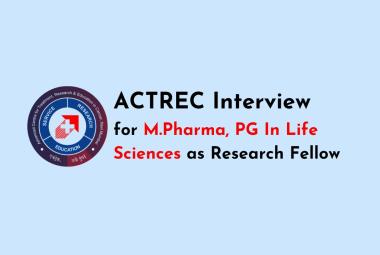It’s one thing to detect sites in the genome associated with mental disorders; it’s quite another to discover the biological mechanisms by which these changes in DNA work in the human brain to boost risk. In their first concerted effort to tackle the latter, 15 collaborating research teams of the National Institutes of Health-funded PsychENCODE Consortium(link is external) leveraged statistical power gained from a large sample of about 2000 postmortem human brains.
[adsense:336x280:8701650588]
The teams published their findings in seven research articles, spotlighted on the cover of a "psychiatric genomics" special issue of Science — along with two in Translational Medicineand one in Science Advances — on Dec. 14, 2018. In addition, the consortium is sharing their data with the research community via the online PsychENCODE Knowledge Portal(link is external).
Applying newly uncovered secrets of the brain’s molecular architecture, they developed an artificial intelligence model that’s six times better than previous ones at predicting risk for mental disorders. They also pinpointed several hundred previously unknown risk genes for mental illnesses and linked many known risk variants to specific genes.
In brain tissue and in single cells, the researchers examined patterns of gene expression (transcriptome), marks of gene regulation (epigenome), as well as genetic variants linked to mental illnesses in genome-wide association studies.
The implicated variants are mostly small-effect genetic variations that fall within regions of the genome that don’t code for proteins, but instead are thought to regulate gene expression and other aspects of gene function. PsychENCODE sought to uncover the specific roles played by these elusive actors at particular time points and places in the developing brain.
The researchers examined brain tissue and molecules from prenatal development as well as from people with schizophrenia, bipolar disorder, ASD and typical development – and compared findings with parallel data from non-human primates.
Among the key findings: Gene variants linked to mental illnesses exert more effects when they collectively form "modules" — groups of co-expressed, communicating genes with related functions — in specific cell types and brain areas, and at specific developmental time points that seem to coincide with the course of illness.
One suspect module (ME37) in particular showed rapid change in a late prenatal "transition" period. It harbored genes and transcription factors linked to multiple neurodevelopmental disorders, including ASD and schizophrenia, to traits such as neuroticism and IQ — and to key processes, such as the birth of new neurons and epigenetic regulation of gene expression and behaviors including learning and memory.







